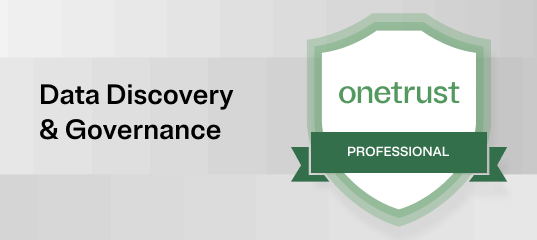Digital transformation is changing lives and economic systems across the globe. As organizations move their systems and workflows onto digital platforms, the shift has wide-ranging implications for people, communities, institutions, and the environment. Thus, the European Union’s leaders created the EU Digital Rights and Principles Directive. Its principal goal is to level the playing field for its citizens and ensure they’re empowered to enjoy the opportunities the digital era brings.
Introduced in 2022, the EU Digital Rights and Principles Directive sets several clear targets for 2030. EU business leaders may have to make significant data, network, and communications infrastructure changes to comply with its goals. Setting up new reporting mechanisms and creating digital-first processes is only the first step for meeting the Directive’s requirements. Below, we’ll explore additional best practices for compliance.
Download the Ultimate Guide to the EU CSRD eBook
The EU Digital Rights and Principles Directive
The primary purpose of the EU Digital Rights and Principles Directive is to align the digital economy with European values. It is meant to fit into the EU’s larger constitutional framework. Moisés Barrio Andrés, Legal Counsel for the Council of the State of Spain, states:
“The challenge is that European digital regulation, in order to safeguard digital sovereignty, should be based on: a balanced combination of privacy and adequate access to data; a commitment to cybersecurity capabilities; awareness of the great importance of small to medium-sized enterprises in the European economic environment; the need for regulation not to stifle innovation in ensuring legal certainty and security; the possibility of using digital technology itself as a regulatory tool; and regulatory leadership anchored on high quality standards.”
Six central themes of the new Directive
Andrés highlights the overall goals of the Directive in his official statement. And the European Commission translates those goals into six central themes:
- Putting people and their rights at the center of the digital transformation
- Supporting solidarity and inclusion
- Ensuring freedom of choice online
- Fostering participation in the digital public space
- Increasing safety, security and empowerment of individuals
- Promoting the sustainability of the digital future
A new video game — appropriately enough — helps to spread the word. Yearly surveys of the EU’s citizens will measure the impact that this new set of rights and principles has on European citizens moving forward.
Achieving compliance with the new Directive
What follows are some considerations on how you can achieve full future compliance with the EU Digital Rights and Principles Directive in alignment with its six central themes:
1. Placing people and their rights first: Ensure that your organization’s technology advances and protects humanity. Examine digital workflows and redesign them to meet the needs of your customers. And it’s not just about your clientele; people-first digital transformation also makes your employees more engaged, productive, and motivated.
2. Support solidarity and inclusion: Use digital transformation to reverse the digital disconnection of already vulnerable groups. These groups include women, minorities, those with less access to internet hardware and connectivity, and those who cannot access job-relevant digital skills.
3. Online freedom of choice: Emphasize the importance of democratic input and participatory elements within your processes of digital transformation. For the EU, this means that civil society, corporations, and governments all have a clear say in how to disseminate, make available, and govern technology online.
4. Participation in the digital public space: Underscore the importance of access for all. The EU states that a trustworthy, diverse, and multilingual digital environment is the goal. Regarding rights, the Directive recognizes freedom of expression and information in the digital environment. It also specifies freedom of assembly and association.
5. Safety, security, and empowerment of individuals: Target illegal and harmful content. Digital technologies dramatically increase the risk of cyber threats. Tackling illegal content helps to create a safer online environment. Company maintenance of process transparency and accountability will also improve the safety of your staff and clients.
6. A sustainable digital future: Design digital products and services for minimal effect on the environment and society. Create easy-to-understand environmental and energy consumption information. Technology can be used to tackle issues including climate change, but companies must be careful not to contribute to the same problem through the use of that tech.
Additional concrete targets for the EU Digital Rights and Principles Directive include:
- Introducing a minimum of 80% of the EU’s population to basic digital skills
- Moving 75% of EU companies to AI, the cloud, and big data
- Doubling the number of EU unicorns (privately held startup companies with values over $1 billion)
- Creating 100% online access to key public services
- Putting 100% of citizen medical records online
Companies can take advantage of the EU Digital Rights and Principles Directive to get the most out of digital transformation. Key performance indicators are still under consideration leading up to the ultimate 2030 implementation goal. But the sooner you embrace digital rights and principles, the sooner their impact can turn workplaces into safer, more connected spaces. OneTrust can help. Take advantage of our Ultimate Guide to the EU Corporate Sustainability Reporting Directive (EU CSRD) for assistance.











